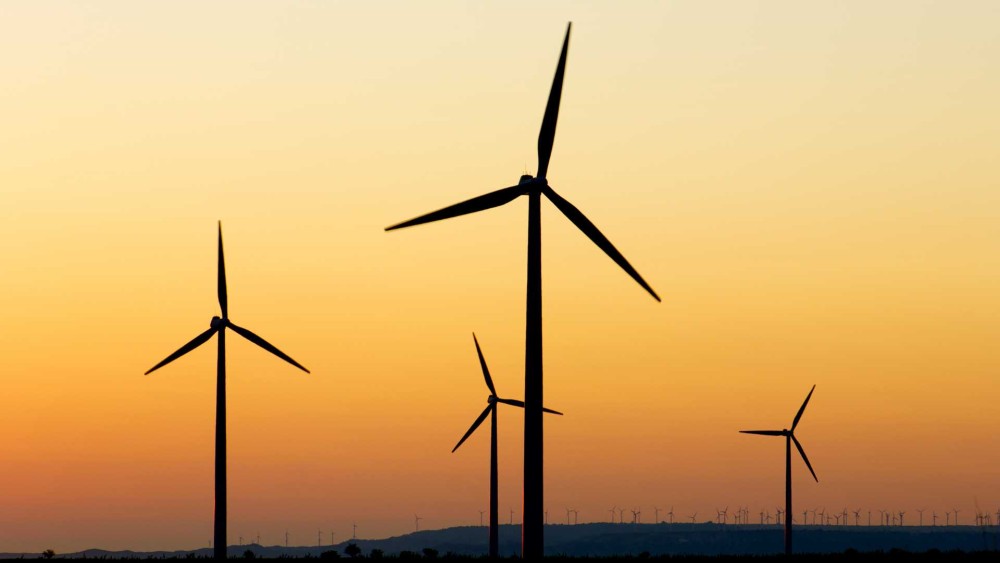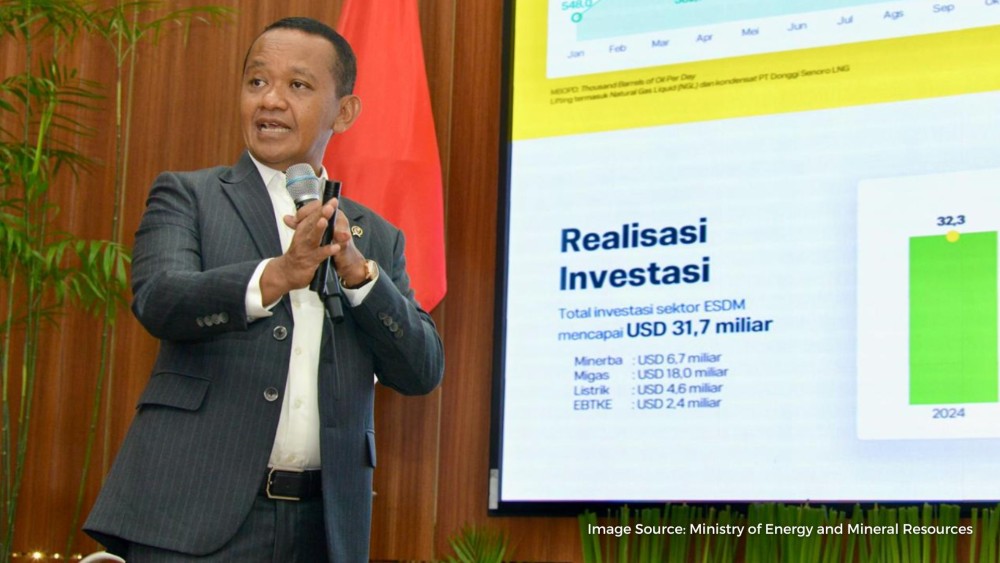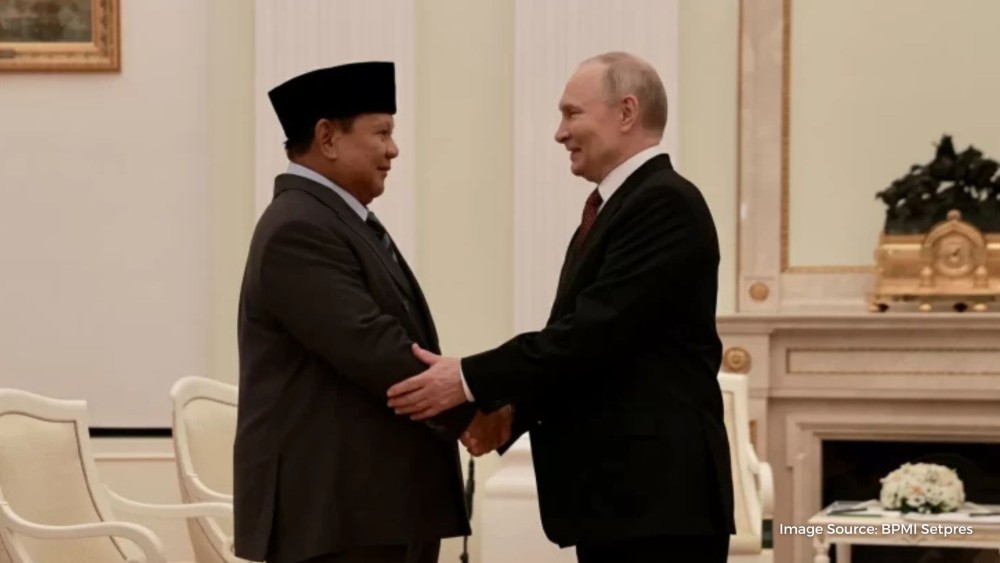Indonesia remains committed to driving energy efficiency in industries, transport, homes
29 Sep 2023

Lately, the Indonesian capital of Jakarta has been seeing itself starring in many headlines around the world for the wrong reason: that of being one of the world’s most polluted cities on Earth, at least according to IQAir, a Swiss-based air quality technology company that also operates AirVisual, a real-time air quality information platform.
It has become a source of shame for many Indonesians and the country’s government, which has since ordered the Jakarta administration to reinvigorate policies that would reduce the city’s pollution levels and to encourage residents to take measures to improve air quality.
But the phenomenon also highlights the need for the country to move fast in transitioning to cleaner energy, while at the same time, maintaining its economic trajectory.
Fortunately, the signs show that Indonesia is aware of this need and remains committed to reducing its carbon emissions. These signs include the issuance of Government Regulation No. 33 of 2023, its continued negotiations with relevant stakeholders on the Just Energy Transition Partnership (JETP) funds, and in other ongoing, and, no-less significant, efforts – whether it’s government-to-government, business-to-business, or in the public-private sector.
Regulation No. 33/2023
Issued in June of this year, the regulation is an important breakthrough in policy terms for the implementation of energy-efficient technologies in the country. Not only is it the first regulation of its kind for the nation, but the regulation also falls in line with many of the recommendations issued by the international community in the global fight against climate change.
Aside from adopting modern energy policies such as appointing energy managers and conducting regular energy audits, the regulation also lowered the energy consumption threshold of companies that are required to implement these policies from equal to or more than 6,000 tons of oil equivalent per year (roughly 69,780 MegaWatt per hour/MWh) to 4,000 tons of oil equivalent per year for the industry and transport sectors. The property sector, another major contributor to carbon emissions, also saw its consumption threshold defined as companies that consume equal to or more than 500 tons of equivalent per year.
Furthermore, the regulation acknowledges the need for government facilitations, incentives and disincentives in order to spur the adoption of energy efficiency technologies in industries. While the detailed stipulations will be reliant on the upcoming ministerial regulations, the regulation at least mandates the provision of access to information, consultation, as well as financing.
It may be noted here that roughly 80% of energy consumption in Indonesia is consumed by 20% of the 191 sub-sectors as defined by the 4-digit Indonesian industry classification system, also known as KBLI. In this regard, the regulation may thus be considered an accurate approach to the country’s energy transition efforts as it mainly targets the largest contributors to the country’s carbon emission levels.
JETP
On the JETP front, the progress is a bit more muted, with the government delaying its launch of its investment plan for the US$20 billion JETP funds promised by the member nations of the G7 late last year at the G20 Summit chaired by Indonesia in the island of Bali.
Planned to be launched initially six months after the G20 summit in December of 2022, the issuance of the investment plan was delayed to August before it was delayed again to approximately the end of this year.
At a recent event however, Deputy of Infrastructure and Transportation at the Coordinating Ministry of Maritime affairs and Investment Rachmat Kaimuddin, said that the plan would be completed by October of 2023, earlier than the previously announced delay.
However, with the interest rates attached to the funds being roughly similar to commercial loans and a grant portion comprising of only around 1% of the total funds (roughly $217 million), the money would be likely directed to the construction of various new and renewable energy plants and exportable renewable energy.
Even so, he said Indonesia remains committed to seizing the JETP funds, adding that it was necessary in the country’s efforts to achieve its goal of cutting carbon-emission levels by 31.89% on its own or 43.2% with international support by 2030, further attaining net-zero emissions by 2060.
Carbon trading, bilateral cooperations, and electric cars
The efforts above are just a couple of examples of what the country has done, and is doing, to contribute to the combat against climate change. Another recent example is the September launch of the country’s first carbon emission credit trading platform (IDXCarbon), which aims to develop a market that could further incentivize Greenhouse Gas-emission reductions.
Some 13 carbon credits nearing 460 kilotons CO2 equivalent from state-owned PT Pertamina Geothermal Energy’s project in North Sulawesi were traded at the opening, priced at Rp 69,600 (or roughly $4.50) per ton. Buyers reportedly included Bank Central Asia and Bank Mandiri, two of some of the largest banks in Indonesia, as well as companies from the mining sector.
Other examples include the signing of an MoU between Jakarta-based Medco group – an energy producer – and Helsinki-based Valmet Technologies – a technology company – for a biomass-to-energy project in the Merauke region of Papua, as presided by the Indonesian Ambassador to Finland; the extension of the MENTARI low carbon energy partnership between Indonesia and the UK; as well as the country’s continued efforts to promote the realization of a domestic electric vehicle production ecosystem, which saw another development in the progress of South-Korea's Hyundai car battery factory in Karawang, West Java – as monitored by Indonesia’s President Joko Widodo this month.
With this latest progress, the company is on track to start producing 30 million battery cells that would be used in the production of about 180 million electric vehicles – the largest in Southeast Asia – by early next year and should further make electric cars more affordable for the archipelago.
With over 275 million inhabitants – the fourth largest in the world – and an economic growth of around 5% per year, Indonesia electricity demand is expected to continue to rise significantly year after year. At the same time, it must maintain its economic trajectory and ensure the welfare of its citizens. With the country still relying on coal-powered power plants to drive its economic growth, energy efficient technology can prove to be an indispensable factor to contribute to the country’s carbon emission goals.






